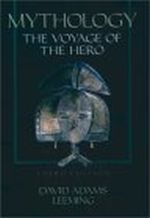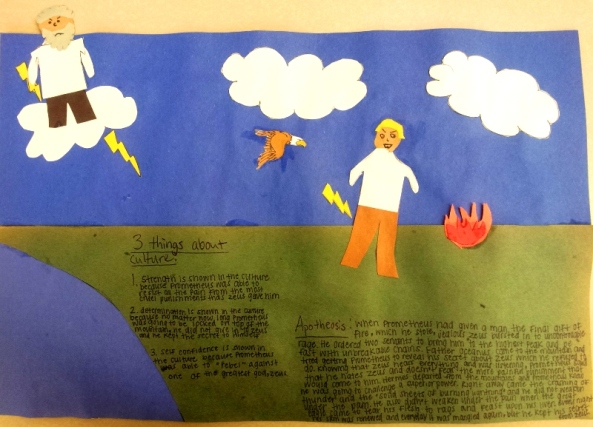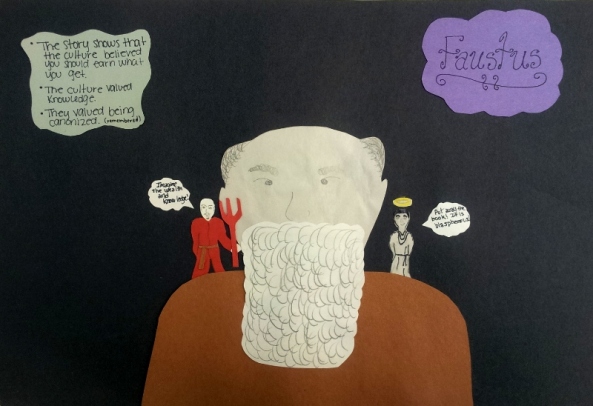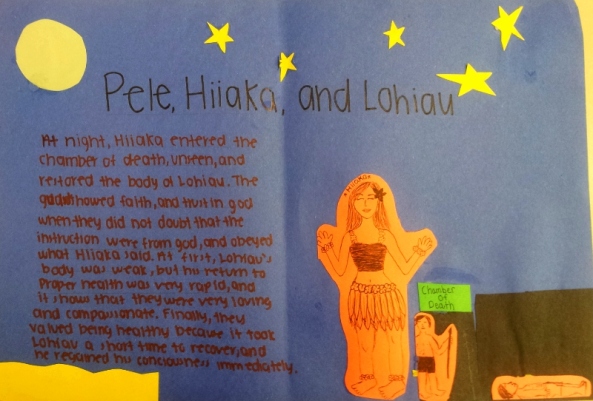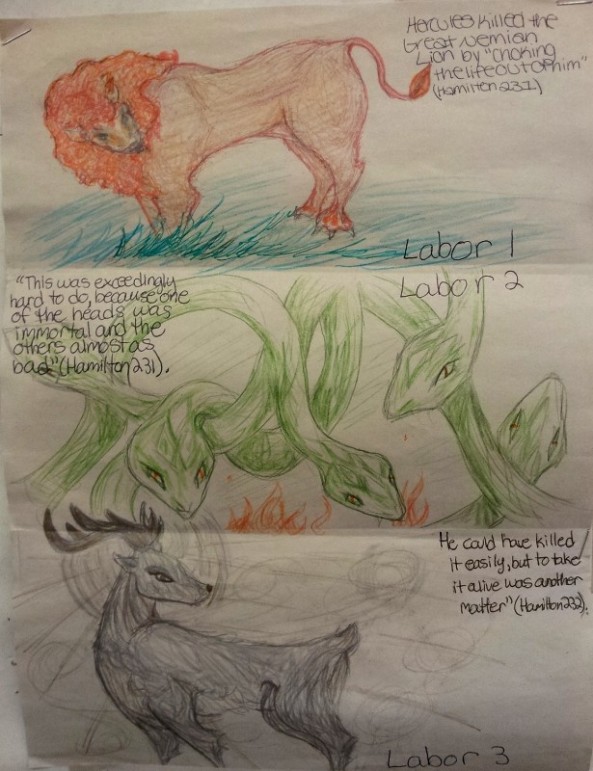This falls into the preparation for selecting a topic for their research paper seeded in storytelling. Students have already read two articles in preparation: “Learning Through Narratives: The Impact of Digital Storytelling on Intergenerational Relationships” by Kim Flottemesch and “The Inside Story” by Peter Guber
We also watched the following video by Jay O’Callahan called “The Power of Storytelling”:
<p><a href=”http://vimeo.com/14806071″>Jay O’Callahan: The Power of Storytelling</a> from <a href=”http://vimeo.com/99u”>99U</a> on <a href=”https://vimeo.com”>Vimeo</a>.</p>While watching the video, we did a Visible Thinking Exercise in order to brainstorm more ideas for possible research topics.
Students shared what they heard, thought, and wondered about the Power of Storytelling based on the video.
As the students work through this project, we will also be watching and discussing the Mythic Journeys documentary. 
We will, in particular, be examining the corpse’s riddles related to the stories in “The Bone Orchard” segments. The class will be broken into five groups, one for each of the following tales:
– “The Three Brahmin”
– “The Stupid Brothers”
– “The Noble Emperor”
– “Jacob and Isaac”
– “The African Kin”
Student groups will have to argue whether or not they agree with the King’s answer to the riddle in their assigned tale, and they must support their position with logic and textual evidence. I will be having the other groups play “devil’s advocate” and counter the presenting group’s position about the King’s response for each story. This will give them practice for creating arguments for their research papers.

